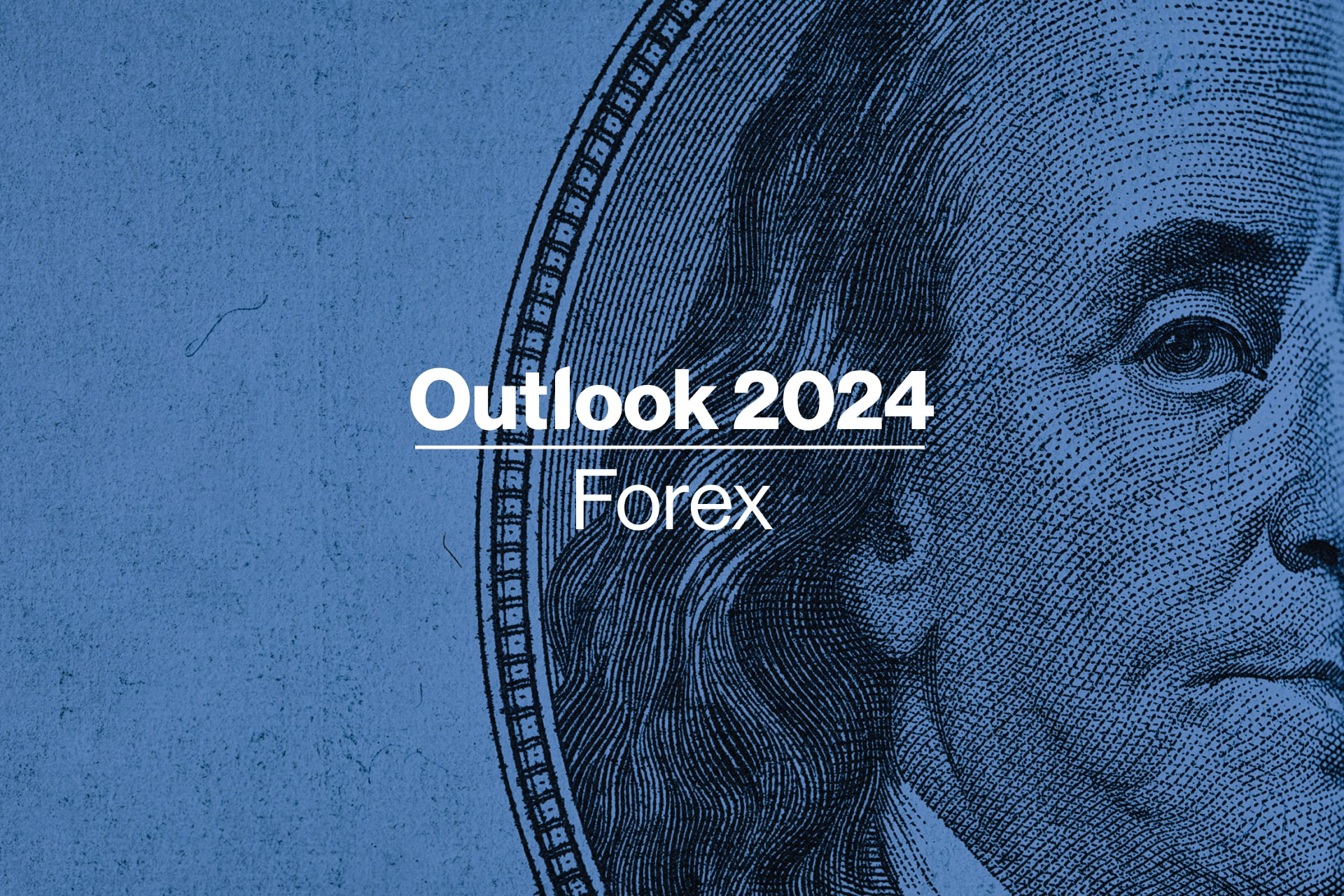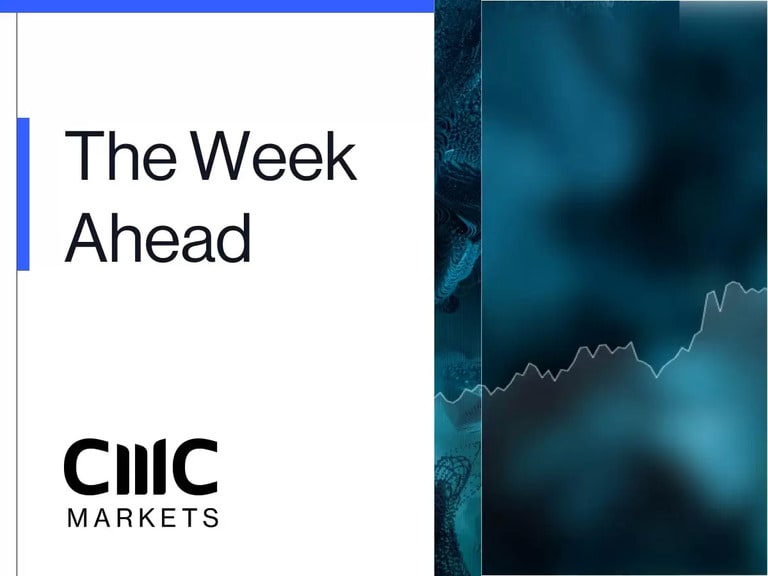Except for the Bank of Japan, major Central Banks globally continued to hike interest rates throughout 2023 in their respective fights against inflation. We’ve arrived at a point where most have paused to assess the impact of these hikes on their respective economies. All are hawkish on their forecasts with rhetoric set on not claiming victory over inflation too early.
The consensus views this year have been that Central Banks needed to remain vigilant. This narrative slowly changed to “Inflation has peaked. Hiking rates is now on hold, but rates will likely stay higher for longer”. Equities then started to gain traction as global bond yields fell and the USD gave back some of the gains it made through 2023.
These moves accelerated in late October and November with strong gains in global equities, lower long-term bond yields, and lower USD. It appears that the narrative has changed once again to “Who will be the first Central Bank to cut interest rates and how soon will others follow?”.
Monetary policy in 2024 is likely to have impacts on currencies and be a key focus.
The aggressive policy moves in 2023 are likely to be reversed next year once Central Banks move on cutting interest rates. A risk to this is if inflation stays persistently high, which will cause Central Banks to keep interest rates higher for longer than anticipated.
The USD has been the main beneficiary in 2023 on the back of high US bond yields and strong growth despite headline inflation dipping. However, the USD’s strength is likely to reverse in 2024 if both short-term and longer-term bond yields continue to decline. Based on economic indicators, the US economy may be on track for a “soft landing”.
Forecasts are for the US economy to slow down in 2024, inflationary pressures will continue to ease and the Fed will likely adjust their monetary policy in the form of rate cuts. However, it seems unlikely that the Federal Reserve will be the first of the major Central Banks to cut interest rates.
The US election later next year could impact the US economy depending on who gets elected and what their chosen fiscal policy will be. Recent polls show Trump is ahead of Biden in 5 of 6 key states but 12 months is a long time in politics.
In Australia, the Reserve Bank tempered its previously hawkish stance in the December meeting, prompted by indications of an economic slowdown and global uncertainties. This shift aligns with the evolving sentiment in the US, where there is a growing consensus that they may have reached the conclusion of their rate hikes.
The double whammy of high US rates and weak Chinese economic growth have suppressed the AUD and will essentially dictate major movements for the AUD/USD. If predictions of the US lowering rates in 2024 eventuate and US bond yields continue to decline, this should allow the AUD to recover against the USD.
Conversely, a stronger Chinese economic recovery could benefit the AUD due to the increased demand for commodities. Time will tell if the Chinese Government stimulus packages will help economic growth in 2024. If it does, it will likely see a higher AUD and higher commodity prices.
Eurozone economic growth is sluggish as the region hits headwinds of a continued energy crisis, post-pandemic economic recovery, and export downturns due to global economic slowdowns.
While inflation in the region may have peaked, EU economies were in a recession for the second half of 2023. The European Central Bank (ECB) might be the first to cut interest rates. If the rate cut is in isolation, then the Euro currency may weaken as the risk can be they cut too early, negatively impacting the Euro. In this scenario, the AUD is expected to rise against the Euro, driven by potential divergent monetary policy decisions between the ECB and RBA.
The GBP is poised for potential challenges in 2024, given the combination of robust wage growth and increasing unemployment. Furthermore, a fiscal policy focused on expanding borrowing raises concerns that the UK may be headed towards stagflation in 2024.
The UK had one of the worst inflation spikes with the Bank of England (BoE) hiking rates to 5.25%. With a stalling economy, the BoE may cut rates faster than the eurozone, leading to potential sharp losses in the GBP against the other major currencies. Consequently, the AUD/GBP will likely gain in 2024.
2023 was anything but ordinary. 2024 could well include just as many twists and turns for markets, economies, and currencies.
Disclaimer: CMC Markets is an order execution-only service. The material (whether or not it states any opinions) is for general information purposes only, and does not take into account your personal circumstances or objectives. Nothing in this material is (or should be considered to be) financial, investment or other advice on which reliance should be placed. No opinion given in the material constitutes a recommendation by CMC Markets or the author that any particular investment, security, transaction or investment strategy is suitable for any specific person. The material has not been prepared in accordance with legal requirements designed to promote the independence of investment research. Although we are not specifically prevented from dealing before providing this material, we do not seek to take advantage of the material prior to its dissemination.





